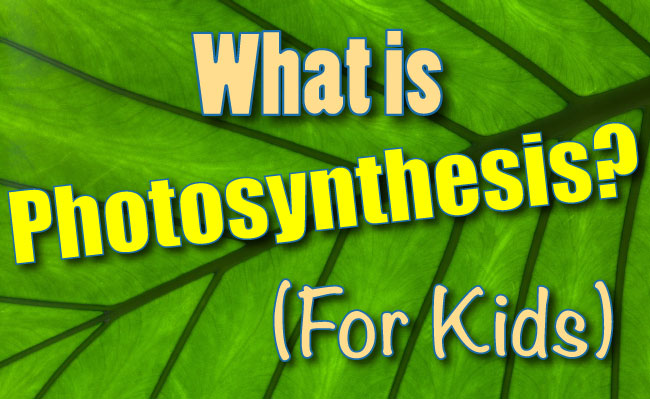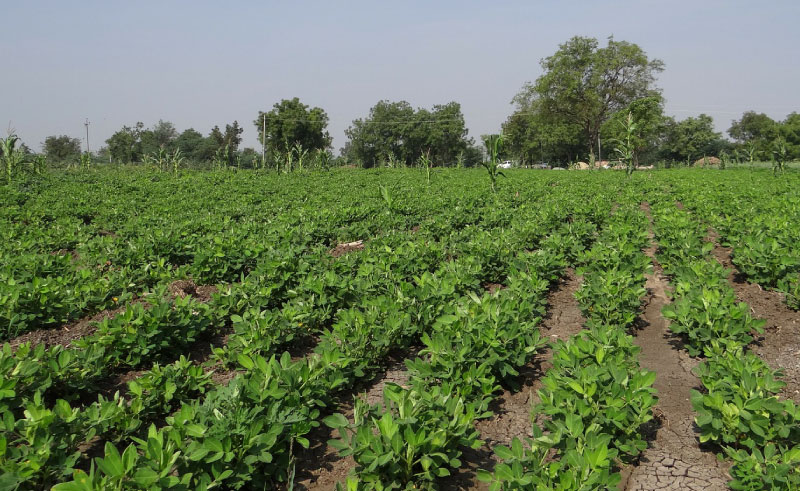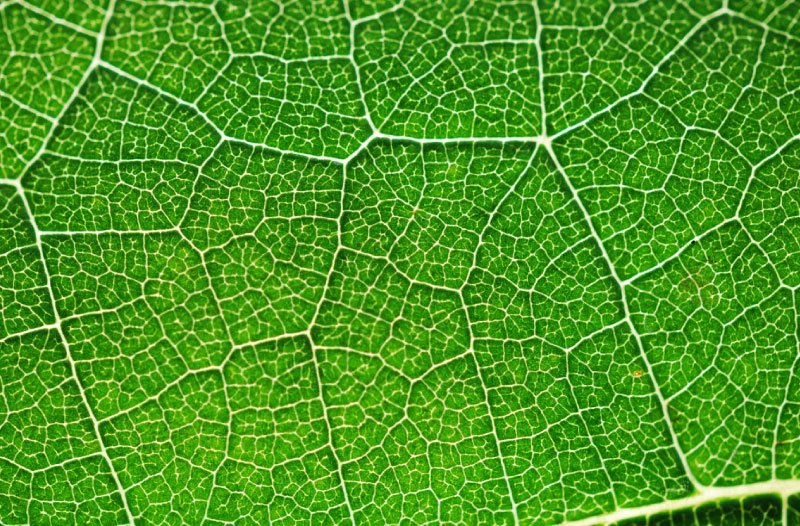What is photosynthesis, and why is it so important? This article, written for kids (& inquisitive adults!), sets out to answer just that question!
In a nutshell, photosynthesis is a process that enables plants to get energy from the sun. It may not sound too important when put like that, but when you start to think about where our food comes from, then it gets a lot more interesting.
Let's learn more about photosynthesis...
Can you remember what you have eaten today? If you have eaten plants (like fruit, vegetables, or cereal) then the energy in that food was obtained from the sun - using photosynthesis!
If you have eaten meat then it was an animal that ate plants... or an animal that ate animals that ate plants!
When you realise that everything you eat has at some point obtained its energy from photosynthesis then it all gets a little more interesting!
Photosynthesis Example
The seed was planted several months ago. It is one of many thousands planted in the same field.
It is now spring, and a shoot emerges from the seed and begins to work its way upwards through the soil.
Finally, the shoot breaks through the surface. From a distance, the entire field starts to look green, rather than brown.
It is a beautiful spring day, and the sun is shining brightly.
A leaf curls out from the shoot. A chemical in the leaf - the same chemical that gives the leaf its green colour - captures the energy from the sunlight.
This light energy is converted into food for the plant by photosynthesis.
Throughout the spring and summer, the plant continues to grow. Its leaves convert more light energy into chemical energy, using photosynthesis. During this process, the plant also absorbs carbon dioxide from the air and emits oxygen.
Towards the end of summer, the farmer harvests the field. The plant is prepared for sale and transported to a supermarket.
Your mother buys the plant and uses it in your dinner.
The energy that the plant collected from the sun is now used by your own body! Thanks to photosynthesis you can run around and have fun with your friends!
What Is Photosynthesis?
Photosynthesis is the process plants use to change light energy into chemical energy. This chemical energy is stored in the form of a sugar called glucose.
Photosynthesis occurs mainly in the leaves of plants. Very little, if any, occurs in other parts of the plant.
The chemical that gives plants their green colour - chlorophyll - is the same substance that converts light energy into chemical energy.
Chlorophyll is found in chloroplasts - tiny objects found in leaf cells. (A cell is one of the tiny building blocks that makes a living organism.) Photosynthesis takes place in the chloroplasts.
Other Requirements For Photosynthesis - Carbon Dioxide And Water
As well as the light energy from the sun, other substances are required in photosynthesis. The first of these is carbon dioxide. Carbon dioxide is a gas that is present in the air. Plants collect carbon dioxide through tiny holes called stomates.
During the process of photosynthesis, stomates are also used to expel a gas called oxygen.
Oxygen is very important for animals like humans - we need it to breathe!
The one other main requirement for photosynthesis is water.
Water is absorbed into the plant through its roots.
What Is The Chemical Equation For Photosynthesis?
The chemical equation for photosynthesis is:
6CO2 + 12H2O + light = C6H12O6 + 6O2 + 6H2O
This means that 6 molecules of carbon dioxide and twelve molecules of water are used (together with the sunlight) to produce glucose, six molecules of oxygen and six molecules of water.
The chemical equation for photosynthesis can also be written:
6CO2 + 6H2O + light = C6H12O6 + 6O2
Photosynthesis word equation
The basic photosynthesis word equation is:
Carbon Dioxide + Water + Light Energy = Glucose + Oxygen
How Studying Photosynthesis Helps Farmers To Grow More Food
Scientists have found out that there are three factors that control photosynthesis. These are:
- How light it is.
- The amount of carbon dioxide in the air.
- The temperature.
Farmers can't control these factors very well in a field, but they can if the plant is grown in a greenhouse.
Plants also need minerals, which they take from the soil. Farmers can ensure that the plant is grown in the right kind of soil to make sure it grows healthily.
Photosynthesis Facts For Kids
- Photosynthesis is the process that enables plants to get energy from the sun.
- Light energy from the sun is converted into chemical energy by chlorophyll.
- Chlorophyll gives plants their green colour.
- Photosynthesis takes place in chloroplasts, cells found in the leaves of a plant.
- Carbon dioxide and water are also needed for photosynthesis.
- Carbon dioxide is drawn into the plant through tiny holes called stomates.
- Stomates also expel oxygen, a gas wee need to breathe.
- Water is absorbed by the plant through its roots.
- Photosynthesis provides us with all of our food!
- By using science, farmers can grow more food.
What Is Photosynthesis For Kids Conclusion
We hope that you have enjoyed learning all about photosynthesis. Without it we'd have nothing to eat. Think about that next time you are eating your greens!
The kind of science that looks at life and living things is called biology. Learn more about biology at wikipedia.
(See more Active Wild Science Articles.)





